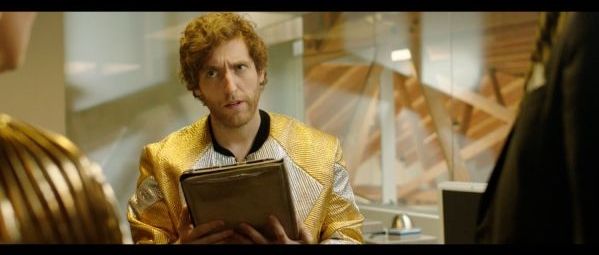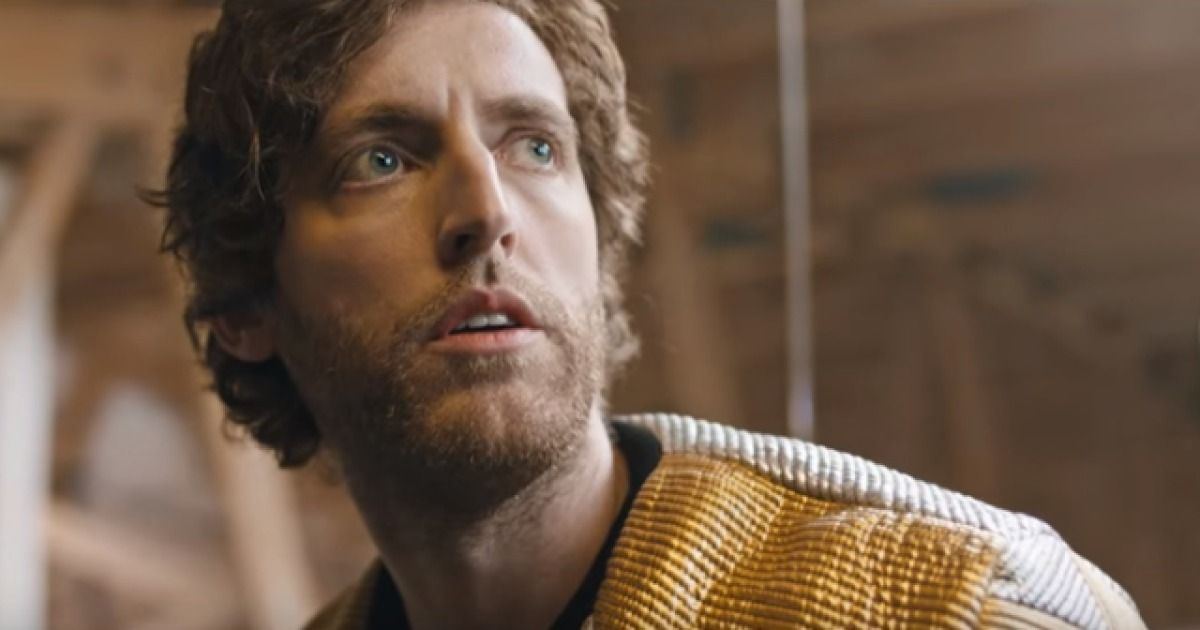Remember when we played with Google’s Deep Dream neural network to create trippy visuals that featured a whole lot dogs? The creators behind the short film Sunspring do. Instead of Google’s product, however, they turned to a neural network named “Jetson” to do all the heavy lifting. The result? A bizarre nine minutes that you’ll remember for quite some time.
Starring Silicon Valley’s Thomas Middleditch and directed by Oscar Sharp, the short features a special script compiled by the neural network that even wrote a song unique to the film. After being fed scripts like Eternal Sunshine of the Spotless Mind, Watchmen and Aliens (as well as tons of others) it produced a nonsensical mess that actually works quite well in practice. It’s terrible. But then again, it’s so intense it’s entertaining. The film was shot and edited in 48 hours, which is a feat considering how polished it looks in practice.
As one character says “Well, I don’t know anything about any of this, so…” You might get that feeling after viewing the film, but it’s just like watching the insane ramblings of porn stars in Vernon Chatman’s Final Flesh. They’re both eerily similar in tone, though Sunspring is far more incoherent. Check it out for yourself below.



